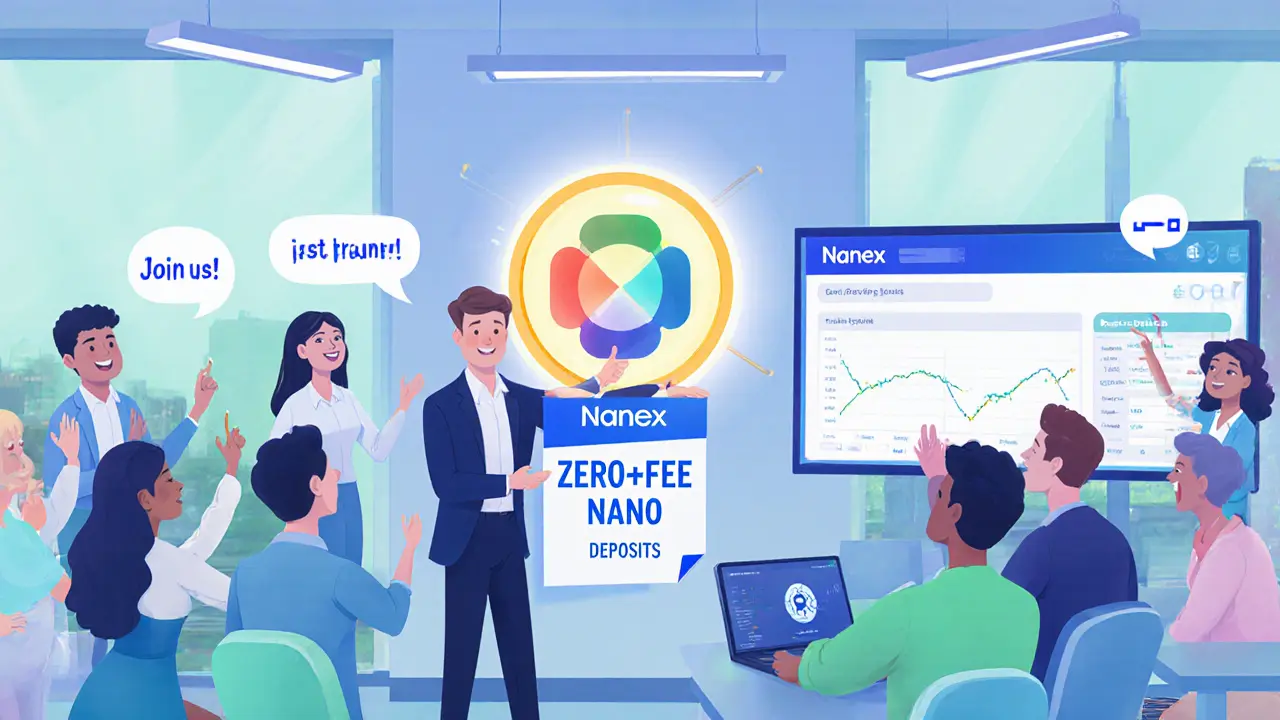- 4 Mar 2025
- Elara Crowthorne
- 17
Nanex Crypto Exchange Review: History, Features, and Why It Shut Down
A comprehensive review of Nanex crypto exchange, covering its history, features, security, low liquidity, shutdown reasons, and key lessons for traders.

